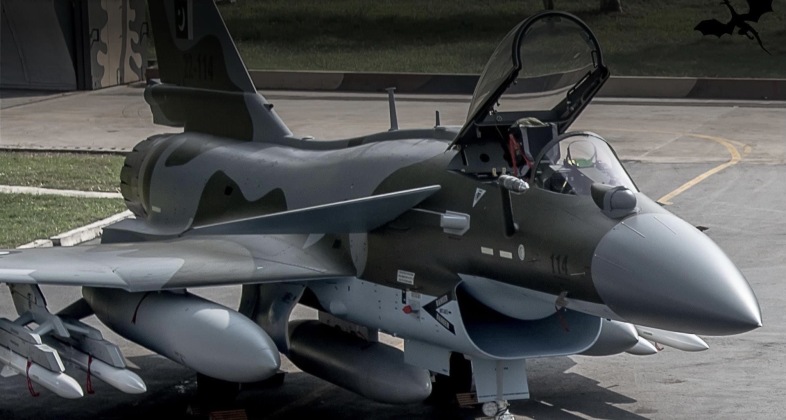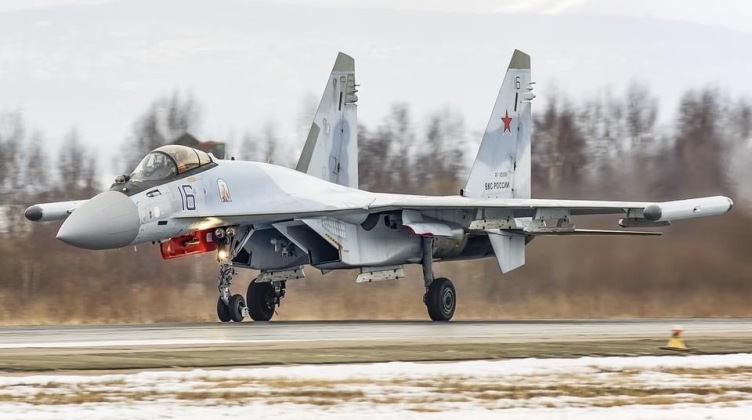News
U.S. Sanctions Threats Against Indonesia Just Opened the Door to China’s Largest Fighter Export Deal
Indonesian Defence Minister Sjafrie Sjamsoeddin and multiple other local officials on October 16 confirmed that the Defence Ministry has placed an order to procure 42 Chinese J-10C ‘4+ generation’ fighter aircraft, following years of uncertainty regarding the future composition of the country’s fleet. Although Indonesia was previously reported to be considering procuring American F-15s, Russian Su-35, South Korean KF-21s, and even ex-Austrian Air Force Eurofighters, the Defence Ministry’s interest in procuring Chinese fighters is a new development that quickly resulted in a contract being signed. China remains by far Indonesia’s most significant trading, infrastructure, technology and strategic partner, with the J-10C’s reported major successes in the hands of the Pakistan Air Force in early May in shooting down multiple Indian fighters thought to have stimulated interest in looking to the country’s defence sector for supplies. Nevertheless, the fact that the Defence Ministry did not proceed with any of the fighter deals that were previously considered is a primary factor that left funding and space in the fleet available for a large number of Chinese J-10s.

Almost eight years before orders were placed for the J-10C, the Indonesian Defence Ministry in February 2018 ordered 11 Russian Su-35S fighter aircraft, with further procurements of the type expected in order to equip multiple squadrons. In August 2018 the Indonesian Trade Ministry International Trade Director General Oke Nurwan confirmed that“the U.S. is trying to intervene” to scupper a deal under which Su-35s would be paid for by barter trade. The$1.1 billion deal was confirmed in 2024 to have been put on hold, primarily due to threats from Washington to impose economic sanctions on Jakarta under the Countering American Adversaries Through Sanctions Act (CAATSA). These threats were considered among the factors that led the Indonesian government to seek to ‘sanctions proof’ its economy, which it did particularly rapidly from early 2022 with through such as reducing reliance on Western payment systems.

Had the United States not threatened to sanction Indonesia, it is likely that the country would have procured the Su-35, and potentially the Su-57, as its primary air superiority fighters, leaving less room in the fleet for the procurement of J-10s. Indonesia’s neutral status has led it to seek to avoid solely relying on Western Bloc or non-Western equipment, meaning that with Russia ruled out as a supplier, the possibility of procurements from China would be significantly greater.
For the United States, the results of its sanctions threats have arguably been highly detrimental. The J-10C deal is significantly larger than that planned for the Su-35, meaning considerably more funding is going to the defence sectors of Western Bloc adversaries than may have otherwise been the case. China’s strategic partnership with Indonesia is also significantly stronger than that of Russia, with the strengthening of this partnership posing a greater challenge to Western interests in minimising adversaries’ influence in Southeast Asia’s largest country. The J-10C is also a significantly more advanced aircraft than the Su-35, which could result in a greater challenge to potential efforts by Western Bloc states to infringe on Indonesian airspace in future.












